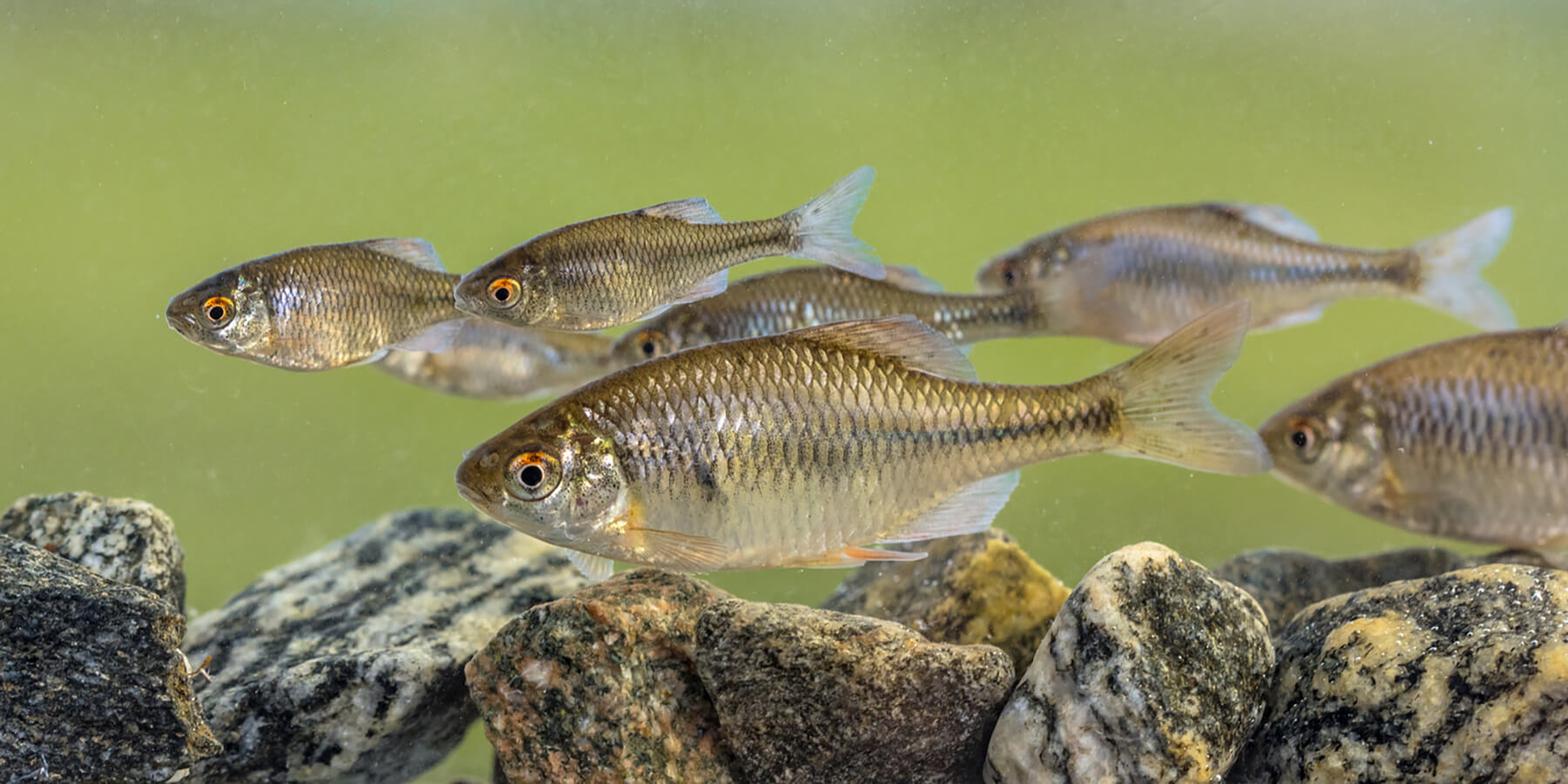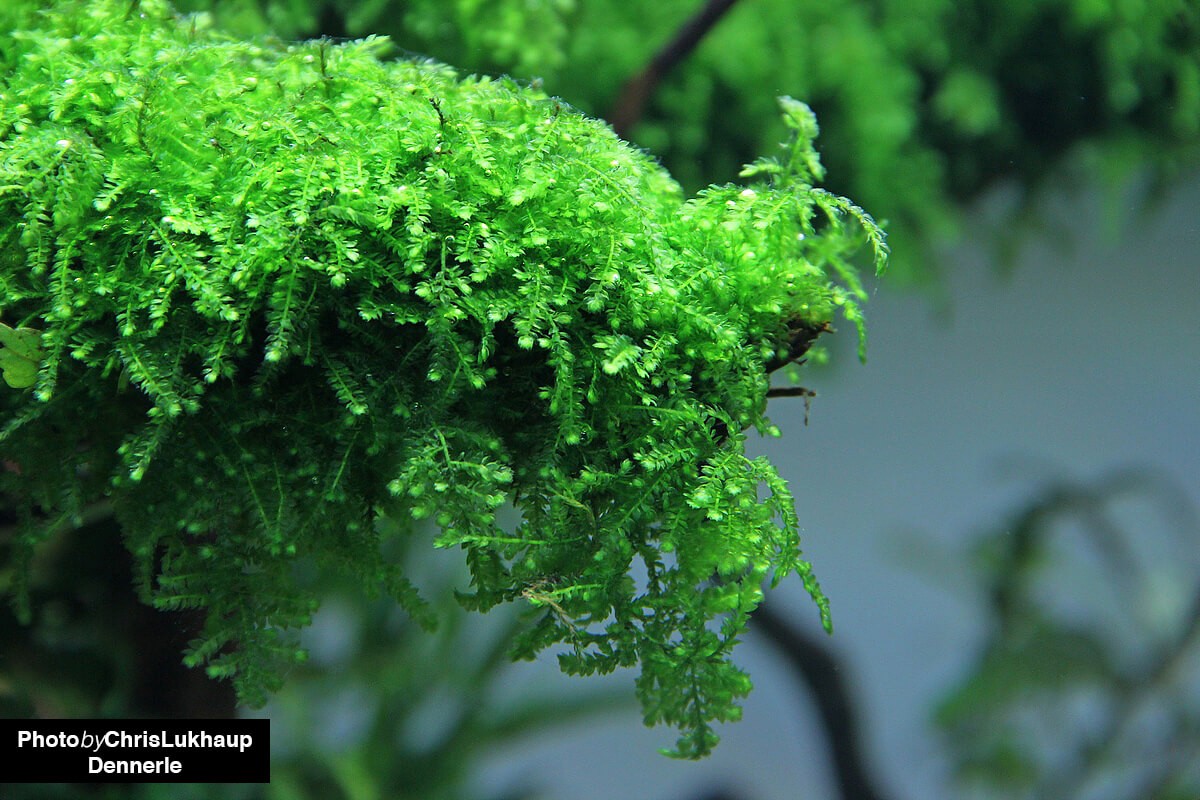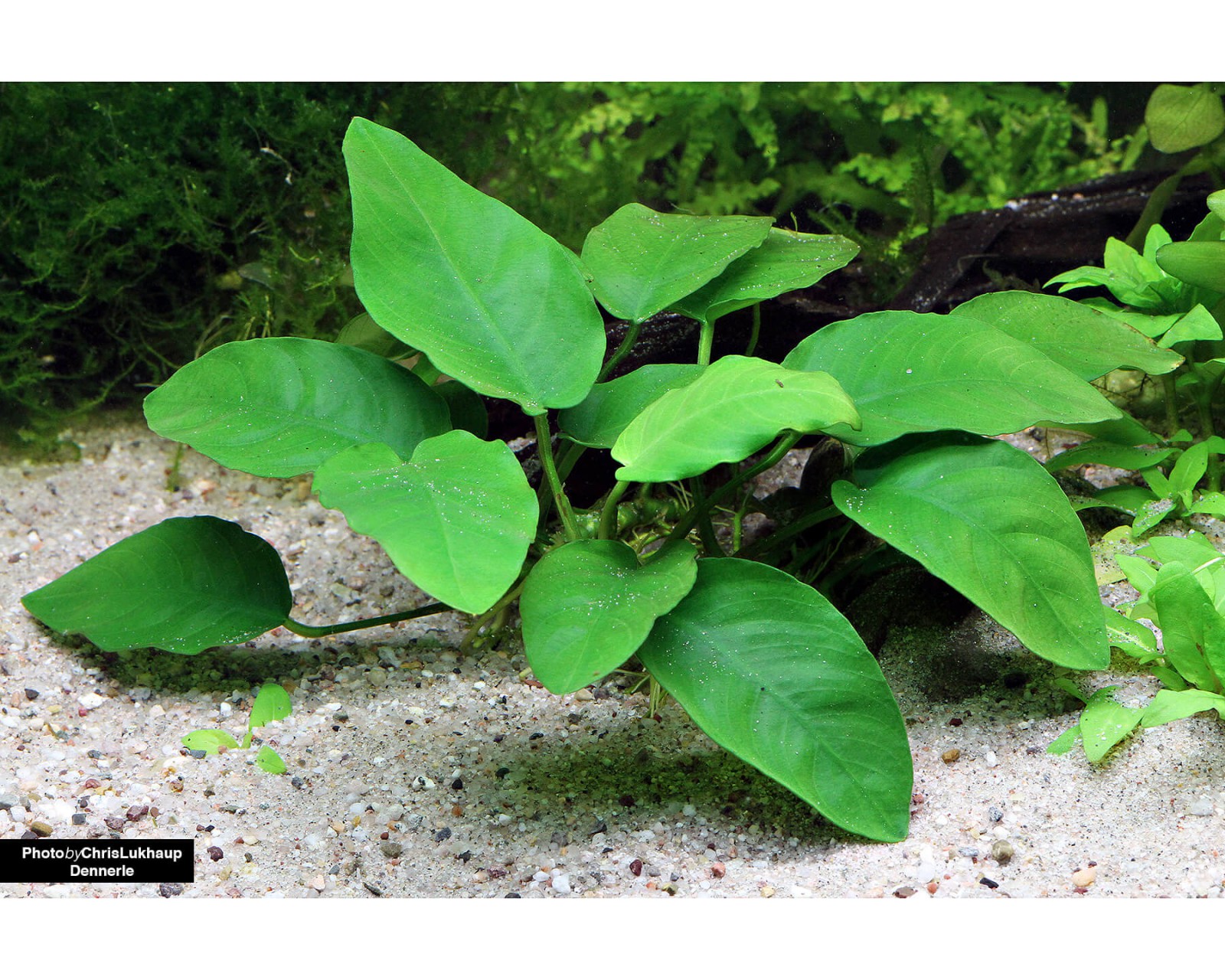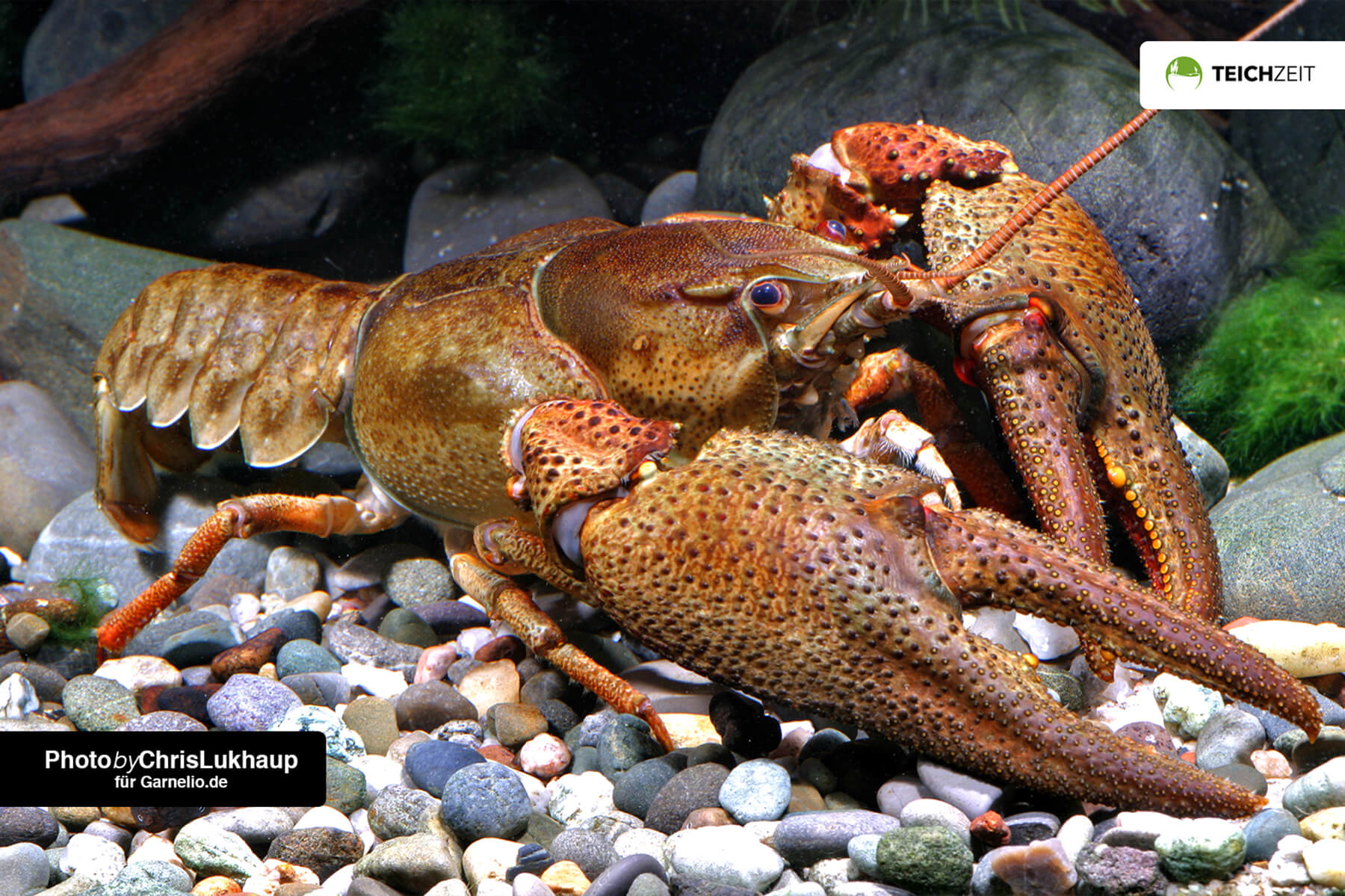Aquaristics back to the roots: cold water!
What is a cold water aquarium?
The cold water aquarium is one of the most original types of aquariums. At the beginning of aquaristics in the home basement or living room tropical fish were rather not the rule, mainly biotope fish were maintained, which were also found in nature. Only with increasing industrialization and the associated innovations in technology, aquaristics experienced various upswings, starting from aquarium filters to heaters and lighting methods.
Mostly, the cold water aquarium is a tank from 100 liters upwards, but larger is more advantageous for the fish that are usually considered, because more often it is rather such comrades that then need a little more space to swim out, such as goldfish or other carp species. Of course, the temperature also plays a role here - in contrast to the tropical aquariums, which have a water temperature between 20 and 29 ° C or more, the cold water aquarium is rather maintained at room temperature and without a heater and cracks the 20 ° C mark rather rarely. Thus, it is also subject to seasonal fluctuations, which is not beneficial to all aquarium inhabitants. Since the metabolism of the fish is also dependent on the ambient temperature, not all scales or all greenery are suitable for the cold water aquarium. Of course, the cold water aquarium is filtered, and regular water changes are a must.

Which plants are suitable?
If you browse through the huge variety of aquarium plants, you will often find that most of them are more suitable for warm water aquariums. Nevertheless, many plants originate from more temperate climates and are well suited for cold water aquariums. Usually they do not require too much care as in high end aquascapes or planted aquariums. Some of the suitable species may even be known from the garden pond. Nevertheless, it is also possible to plant and design the cold water aquarium nicely, it is not inferior to the "normal" tropical aquarium in any way. Above all, the plants serve to inhibit the development of algae, as a place of refuge for animals, but also, of course, as oxygen suppliers.
Giant swamp spiralis - Vallisneria gigantea
Vallisneria is probably one of the best known aquarium plants. It is suitable for the background and forms long narrow leaves, which even lie on the water surface when they have reached it, because can grow between 100-180 cm long . It reproduces by underground runners. Alternatively Vallisneria spiralis sp. Leopard, which grows only 30-50 cm tall and tolerates temperatures between 15-30 °C.
Pennywort - Lysimachia nummularia
The pennywort is a native plant suitable for ponds, terrariums, and even as a container plant - where it produces bright yellow flowers in spring. On its upright branched shoots it forms great round leaves that are great eye-catchers and with its height of about 40 cm it is great for the middle ground. It likes it rather cool and tolerates 4-25 °C. Propagation is also very easy: simply cut off a few shoots in the upper third and replant them.
European Beachling - Litorella uniflora
This small-statured plant forms short grass-like stalks of just 2-5 cm, making it the perfect candidate for the foreground in a cold-water aquarium. Originally from Northern Europe, it is relatively undemanding. It reproduces by runners and can thus green the bottom, although it grows somewhat slowly.
Water Primrose/ Water Feather - Hottonia palustris
With its unusual curved stems and deeply cut, lobed leaf shape, which also gave it its name, the water primrose is a really great eye-catcher, but it depends on a good source of light and nutrients. It also cuts a good figure in the garden pond and tolerates 4-28° C. With a height of 60-80 cm it is suitable for the middle background, but can also be kept in shape by appropriate pruning cur and compact. Cut shoots can be easily replanted.
Ludwigia - Ludwigia repens "Mini super red
Red tones are also possible in cold water aquariums, the "Mini super red" shows it and tolerates temperatures between 4-28 °C. It peps up the rest of the aquarium. It peppers the rest of the green stuff with a bright red. This stem plant is great as a splash of color in dense stands and can be easily propagated via head cuttings. It reaches 40-60 cm in height and looks unique when it grows above the water surface.

Java moss - Taxiphyllum barbieri
Java moss is not very demanding and can be kept at 5-28 °C without any problems. It is especially suitable for the greening of aquarium roots and thus also serves as a retreat for fish and invertebrates. It can be propagated just as easily by simply plucking or cutting off a few shoots and replanting them somewhere else or sticking them into the cracks of stones or roots, where they will simply continue to grow.
Spring moss - Fontinalis antipyretica
Spring moss is more or less a common moss all over the world and forms long narrow green shiny shoots that can reach up to 30 cm. It is also called Willow Moss and is uncomplicated to cultivate in the garden pond. The long shoots are feathery and tolerate vigorous pruning. With a temperature tolerance of 5-32° C, the Willow Moss is a real all-rounder.
Anubias also tolerate a wide range of temperatures between 12-30° C and are available in several varieties with different heights. They are great eye-catchers in cold water aquariums and are also perch resistant. They also tend to require less nutrients and do reasonably well even in low light and continue to grow. They have a rhizome, which is fixed to substrate such as roots or stones and should not be planted in the substrate.

What animals can be maintained in a cold water aquarium?
Not only pure fish tanks want to be maintained nowadays, invertebrates are also increasingly preferred. Whether dwarf shrimp, mussel, crab or snail - the range is quite large, which are suitable for the cold water aquarium. Especially snails and shrimps often serve as cleaning troop, nevertheless you should also meet their needs. It should also be noted that not all fish are well-disposed towards them and sometimes regard them as a snack.
Swamp cover snail - Viviparus viviparus
This pretty swamp cover snail with its curly skirt design almost doesn't occur in nature anymore and is great to keep in the garden pond and cold water aquarium. It is separately sexual and viviparous and gives birth to a young about every two weeks. As a filter feeder it needs dust food and otherwise likes to feed on algae and biofilms. It prefers sand as substrate and temperatures that do not exceed 24 °C.
Posthorn snail - Planorbarius corneus
In contrast to its smaller sisters, the Planorbella duryi, the European pond posthorn snail grows larger - almost 4 cm. It is also separately sexual, but lays jelly-like clutches. It does not need extra feeding, in the established aquarium it feeds on food remains, algae and dead plant remains. Its tolerance is 4-30 °C.
Pointed mud snail - Lymanea stagnalis
Mud snails are unique - besides their droll appearance with triangular antennae, they have an appetite for hydras and filamentous algae and thus help to keep the aquarium sparkling clean, they even munch down the gravel. They are easy to keep in a pond, but also in a cold water aquarium and can be propagated as well. It tolerates 4-30 °C and can live up to 2 years.

Noble crayfish - Astacus astacus
The European noble crayfish is easy to keep in cold water aquariums and ponds, it even needs a cold period to reproduce. Since it reaches a size between 15-18 cm the aquarium should be at least 100 cm edge length for a pair It tolerates 4-22 °C and is considered omnivorous, eating both with crustacean food, but also vegetables and foliage. It can be kept together with shrimp and peaceful medium-sized fish, snails could be on its menu.
Painter's Mussel - Unio pictorum
The native Painter's Mussel can reach about 10 centimeters and is a filter feeder that keeps the water crystal clear. In order to reproduce it needs fish as company, as it lives symbiontically. It burrows into soft and sandy bottoms and can move forward slowly crawling with its foot. It gets along well with shrimp, snails and peaceful fish.
Goldfish - Carassius auratus auratus
Probably the best known and most popular cold water fish of all is the goldfish. Since they are quite large with 30 cm and can become quite old with up to 40 years and are also group fish that should be kept with at least 5 mates, their aquarium should also be correspondingly large and be at least 500 liters, rather more. So that their metabolism does not get confused it makes sense to cool down the aquarium in winter or even to overwinter them frost-free in cellar or garage, because they fall into a kind of cold rigidity. They are omnivores, they also eat shrimps or snails and have a preference for approaching insects, as well as live and frozen food. They should be kept at temperatures below 20°C and are best kept in a garden pond.
This eye-catching comrade provides a real color spectacle in the aquarium. However, since it reaches 20 centimeters, attaches great importance to the company of its peers, and especially in the evening really turns on, it should not be kept under 600 liters. It tolerates temperatures between 4- 26 °C and can also be socialized with the noble crayfish. However, invertebrates are rather on its menu. A dense planting in places is necessary, so that annoyed females can retreat. The Dragonfish can be fed with insects, flake food for pond fish but also with filamentous algae.
Diamond perch - Enneacanthus gloriosus
This magnificent fish is probably one of the first to be kept in the aquarium. With its great appearance it got the title "worker discus" at that time. His cold water aquarium should have at least 80 cm edge length, as a bottom ground fine gravel or also sand is suitable. An infrastructure in the form of roots and plants is indispensable. They attach importance to a constant pH value between 7-7,5 and a temperature of 10-20 °C. Also water changes should not be neglected with the diamond perch. Occasionally it tends to grumble and rejects dry food, but it is usually well persuaded by live and frozen food. It is better not to keep it together with invertebrates.
Moderlieschen - Leucaspius delineatus
These small schooling fish reach a cute 10 centimeters and appear lively and cheerful in their group. From 100 liters they can be kept without problems and are also suitable for mini pond and garden pond. They have a rather high oxygen demand, especially at higher temperatures and may need an oxydator or outflow stones. They spawn in early summer, using surface plants. Moderlies nibble on algae and also approach insects or frozen and live foods.

American redfin - Cyprinella lutriensis
This pretty American is virtually no less colorful than a koi and is a great splash of color in a cold water aquarium. She is also called "Red Shiner" - not for nothing, because her name is still program! Your aquarium should have at least 80 cm edge length, also she prefers the sociable group life with her equals. It tolerates temperatures between 10-20 °C and needs current in the tank. With constant appetite they feed on invertebrates, but also the spawn of other fish, which is why they are more suitable for a species aquarium. With dry food, but also mosquito larvae or algae, the red fin fish can be fed well.
Three-spined stickleback - Gasterosteus aculeatus
Everybody has probably seen or heard of this spiny comrade - it is not for nothing that it is called by different nicknames depending on the region. Even if it is rather small with 11 centimeters, it is all the more "oho": because heavily armed with bone plates instead of scales and the spines in front of the dorsal fin it knows how to defend itself. Therefore it should not be kept together with other non-spiny fish. the aquarium for this spiny knight should be at least 100 liters and well maintained, because he has an increased oxygen demand and likes it clean. it tolerates 4-20 °C without problems and can be kept well at pH values between 6.5-7. An infrastructure of roots and stones or denser plant stands suit him and his territorial behavior. He likes to eat insects, but also live and frozen food and can be a little bit fussy about canned flakes.
On to the cold hands, get set:
The selection of potential coldwater fish and plants is certainly more species-rich, but for a first rough overview, it should be presented here that the coldwater aquarium is virtually the "ancestral mother of aquaristics" and, on balance, is actually no big witchcraft at all. Especially for the preservation of potentially endangered species in nature, it is super suitable and is perhaps a little different than the tropical tanks, which one has seen almost a little sick of.
